Schools Need Security Drills Beyond Fire Alarms
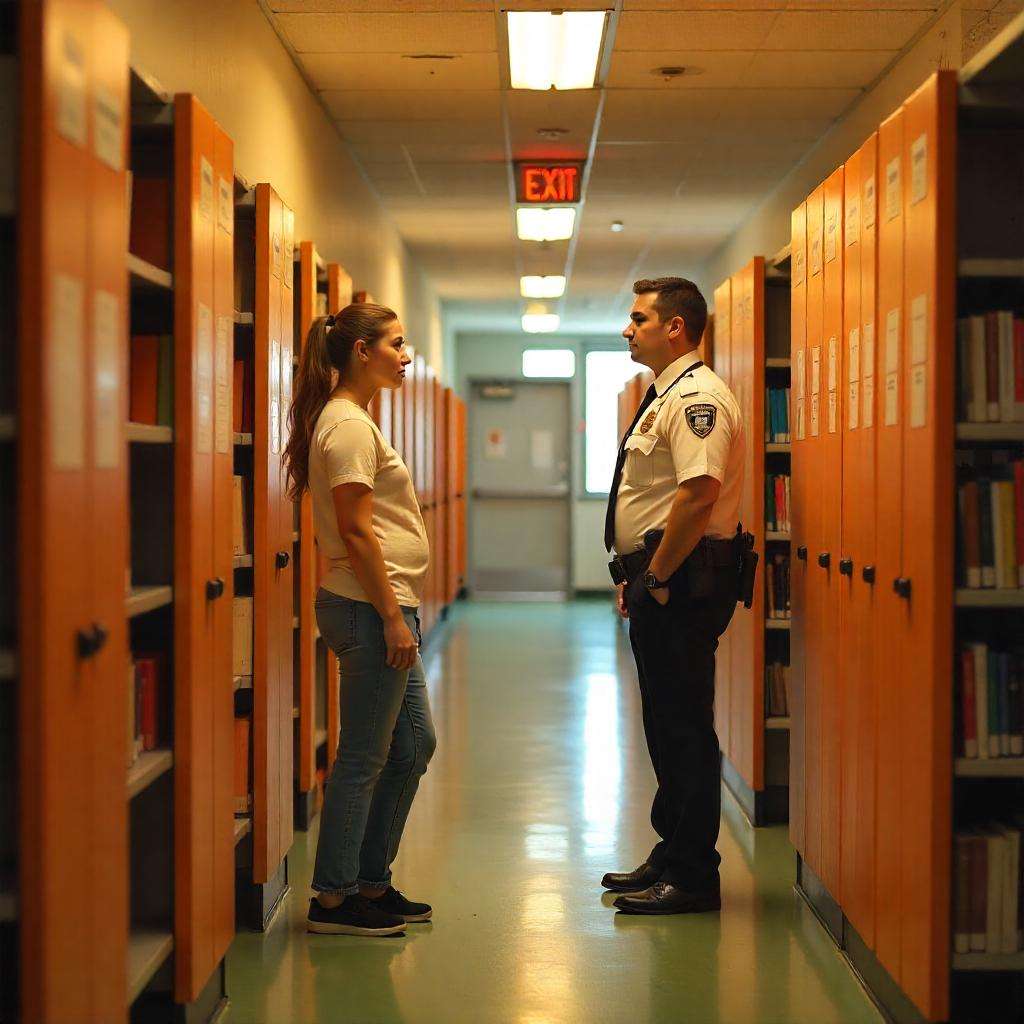
Fire drills are a long-standing tradition in schools, ensuring students know how to evacuate safely. However, schools need security drills beyond fire alarms to address modern threats effectively. Schools face risks that range from active threats to medical crises and natural disasters. Yet, many remain underprepared for real-world emergencies beyond fires. Safety isn’t just about […]
School Security Services for Safer Learning Environments
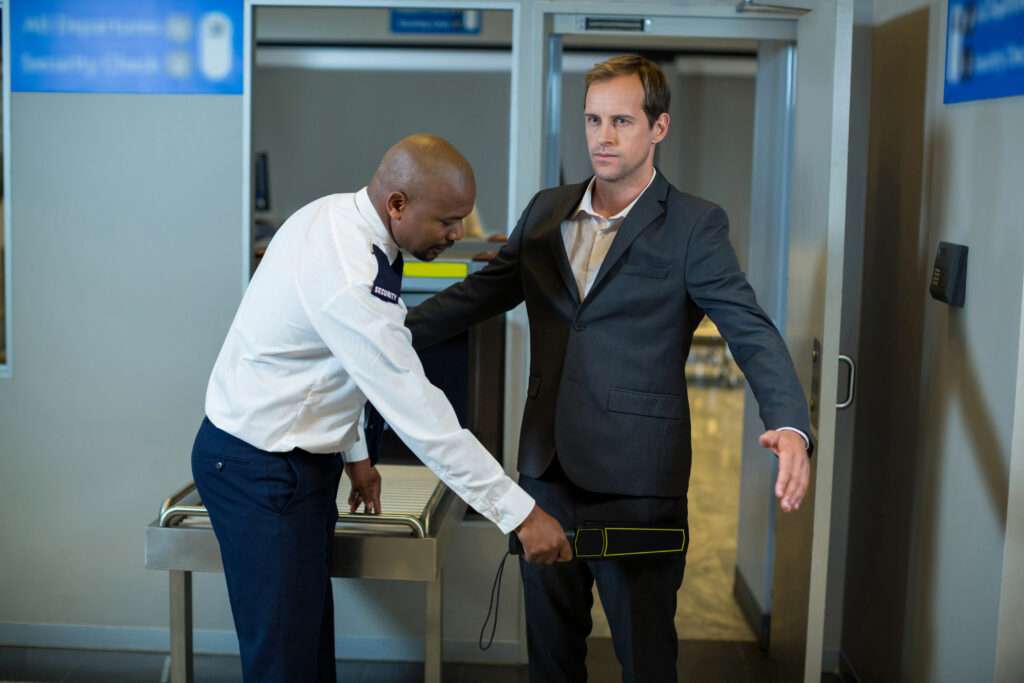
Schools should be places where students learn, grow, and build their futures. However, with safety concerns on the rise, creating safer learning environments requires a proactive approach. Implementing school security services helps prevent issues like unauthorized access, violence, and emergencies before they happen. A strong security plan ensures that students and staff feel protected, allowing […]
Meeting Maryland’s New Coverage Standards for Security Firms

Compliance with Maryland’s new coverage standards for security employers is a legal necessity. Updated regulations require security firms to strengthen their insurance policies, ensuring better protections for employees and clients. Firms that fail to comply risk fines, legal liabilities, and operational setbacks. Security businesses must act now to meet these coverage standards and maintain their […]
How Community Partnerships Improve School Safety Measures
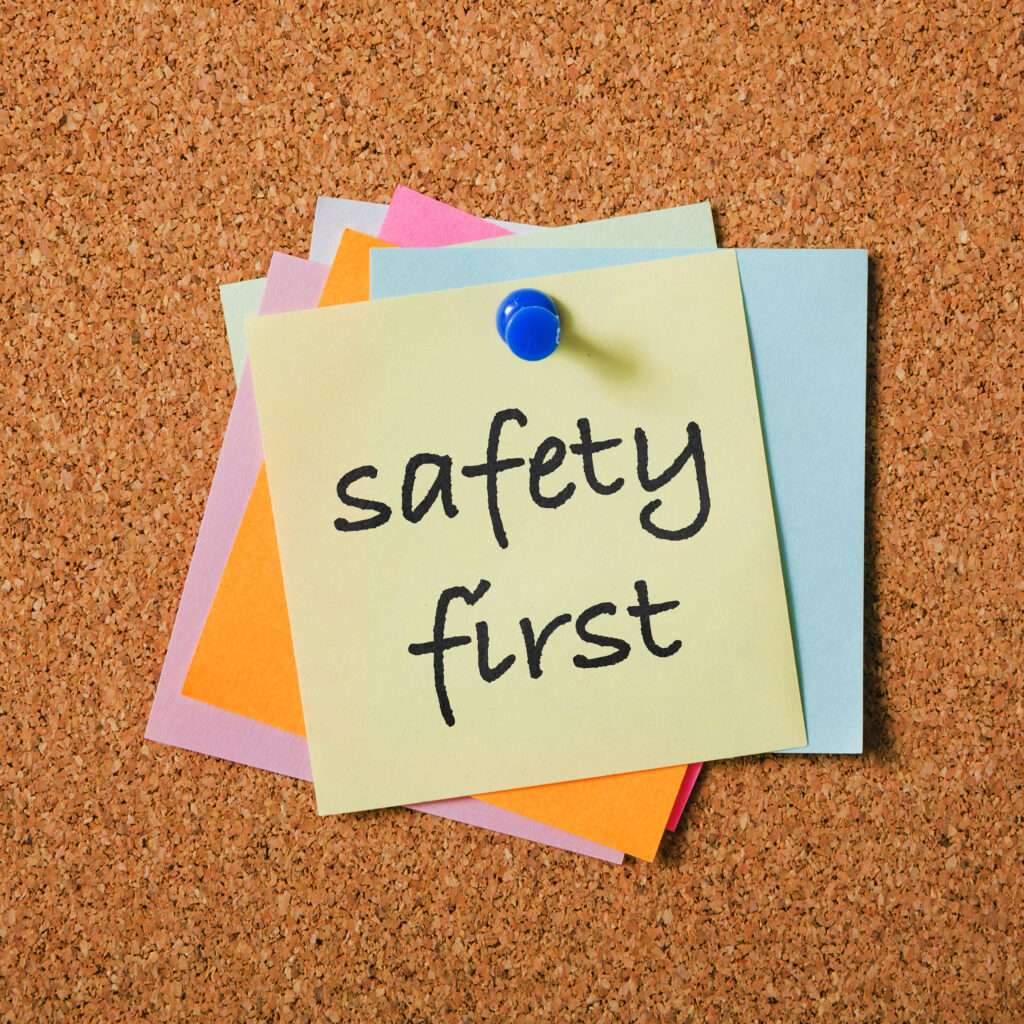
School safety remains a critical concern for every community. Meeting this responsibility demands a collaborative approach involving schools and local stakeholders, such as law enforcement, businesses, and parents. Strong partnerships foster a secure environment for learning while addressing the growing complexities of safety challenges. Collaboration with local stakeholders demonstrates how community partnerships improve school safety […]
Best Practices for Safe School Drop-Off and Pick-Up in Maryland

Safe school drop-off and pick-up routines are essential to fostering secure environments for students and families. In Maryland, adhering to best practices during these high-traffic periods helps mitigate risks, reduces stress, and ensures a smooth transition between home and school. By implementing effective strategies and maintaining clear communication, parents and schools can work together to […]
Emergency Drills Prepare Elementary Schools for the Unexpected
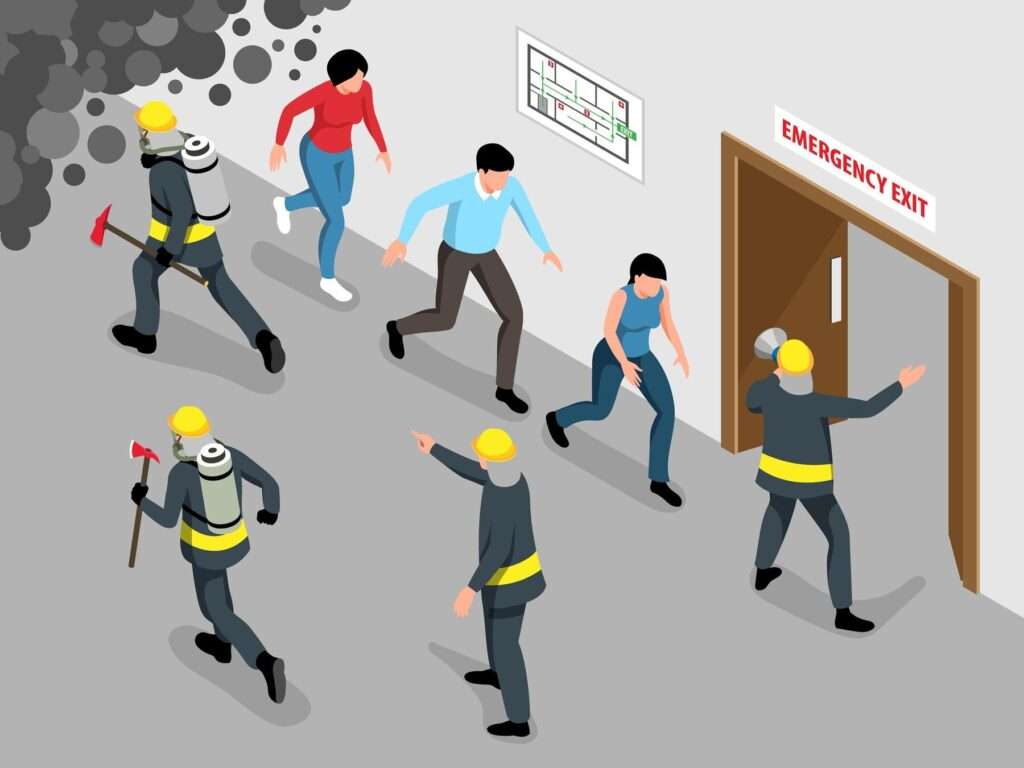
School safety goes beyond academics; it’s about preparing students to handle anything that comes their way. Emergency drills equip elementary schools with preparedness strategies, helping students and staff respond confidently to the unexpected. By familiarizing young students with clear protocols, schools empower them to handle potentially alarming situations with calmness and composure. Parents and teachers […]
Creating a Safe School Culture Starts With Our Community

Creating a safe school culture starts with our community fostering trust, open communication, and active involvement for lasting security. When communities support school safety together, they establish an environment where students thrive, feel secure, and grow into confident individuals. Today’s schools face many challenges in maintaining student safety—from physical threats to mental health concerns—and they […]
Why Schools Need Specialized Security to Protect Students
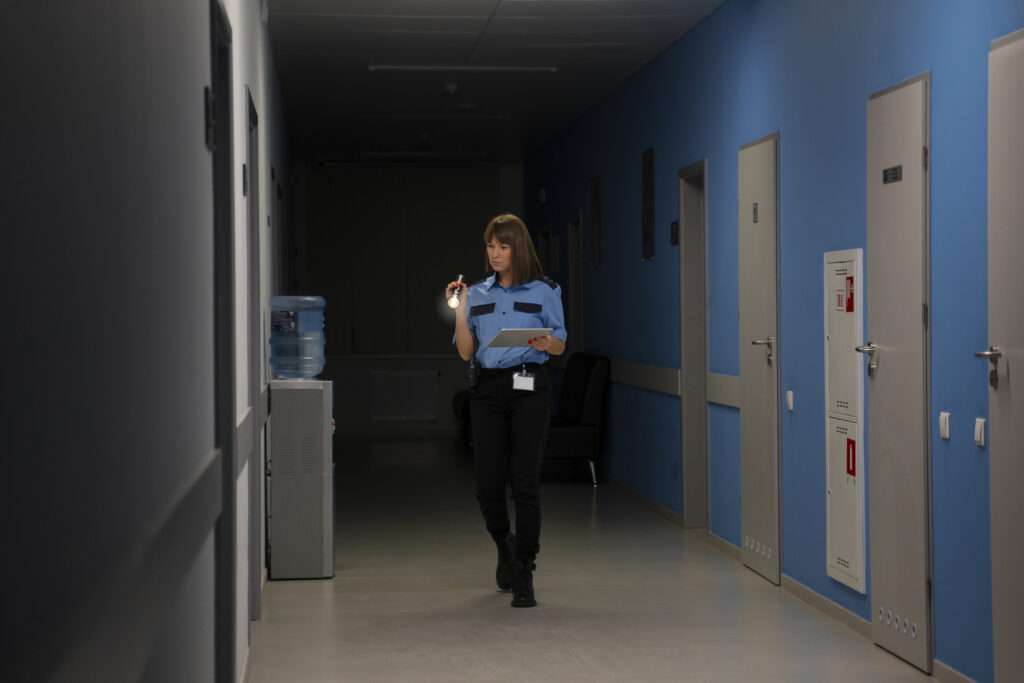
Schools today face a wide range of security threats that demand specialized solutions tailored to protect students, teachers, and staff. With incidents like active shooters, cyber threats, and external dangers on the rise, relying on generic security systems is no longer a sufficient approach. Schools need specialized security services designed to meet the unique challenges […]
Creating a Safe Learning Environment in Schools

Creating a safe learning environment in schools is essential as institutions face growing security challenges. Prioritizing safety involves a combination of physical security, emergency preparedness, and fostering a positive climate that supports both students and staff. With these elements in place, schools can focus on their primary mission: providing a distraction-free learning experience. A balanced […]

